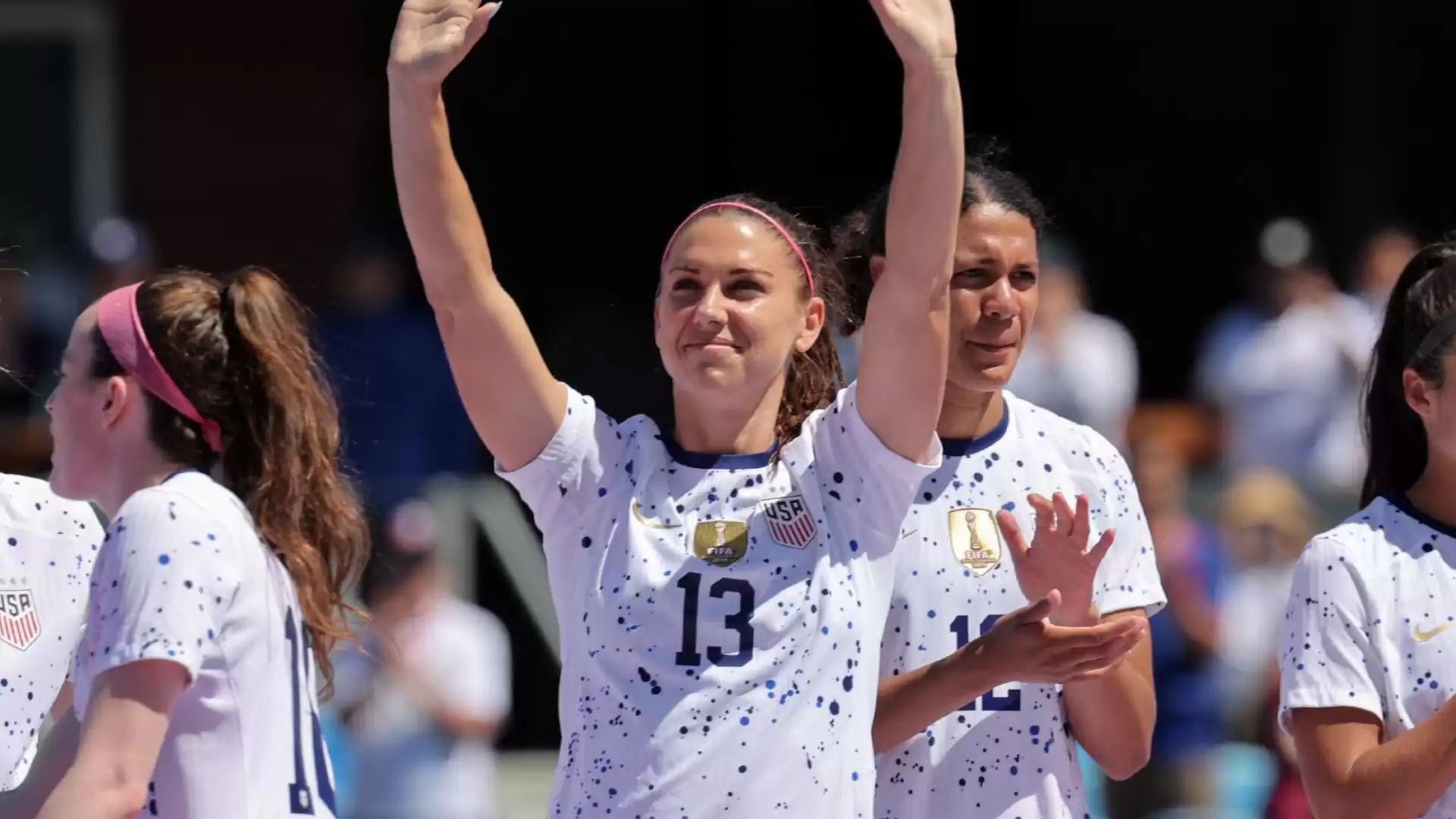USWNT Earnings Breakdown: NWSL Player Salaries and World Cup Winnings
Women's World Cup to have a record prize pool of $110 million, with increased payouts for players and teams.
The Women's World Cup, set to take place from late July until Aug. 20, is poised to capture the attention of sports fans around the world. Ticket sales for the event in Australia and New Zealand have already exceeded one million, surpassing the record set by the 2019 edition. This early success suggests that the 2023 Women's World Cup could break records in terms of viewership as well, with the previous tournament attracting over a billion viewers.
However, amidst the excitement surrounding one of the world's most popular events, a long-standing debate persists: how to fairly compensate the star players on the field. Players from across the globe have been advocating for equal pay, with the U.S. Women's National Team (USWNT) even filing a lawsuit against the U.S. Soccer Federation (USSF) in 2019, alleging discrimination in pay disparities between the men's and women's teams.
Fortunately, progress has been made in addressing this issue. The lawsuit was settled in February 2022 for $24 million, and new collective bargaining agreements have been put in place to ensure a more equitable pay structure for the women's team going forward. However, there remains a significant disparity in the prize pool between the men's and women's tournaments. The prize pool for this year's Women's World Cup is only 25 percent of the size of the men's tournament held last year.
So, how much will these star players be paid for their performances on the world's biggest stage? Let's break it down:
Under the new collective bargaining agreements from the USSF, players on the USWNT will receive significantly higher compensation than in previous years. The USSF will take 20 percent of the prize money awarded to each team and pool the remaining amount, which will then be divided among the 49 players on the men's and women's rosters. For example, if the U.S. women's team wins the tournament, each player will receive $270,000 individually, while the USSF will receive $4.29 million. When combined with the men's prize money of $13 million, the total pool amounts to $23.5 million. After the USSF claims its 20 percent share, the remaining $18.8 million will be divided among the 49 players, resulting in approximately $383,673.47 for each player.
FIFA has also introduced a new distribution model for the Women's World Cup, guaranteeing players a certain amount before allocating funds to individual nations. For instance, if the U.S. women's team finishes first, they will receive $270,000 per player, and the USSF will receive $4.29 million. These amounts, combined with the men's prize money, will form a pool of $23.5 million, with each player receiving approximately $383,673.47.
The significant increase in prize money for the Women's World Cup is a step in the right direction. The total prize pool for this year's tournament is $110 million, compared to $30 million in 2019. Additionally, $31 million will be allocated to teams for preparations, and $11 million will be given to clubs for the players' participation.
It's worth noting that the prize pool for the Men's World Cup in 2019 was significantly larger, totaling $440 million, with a top prize of $42 million. This stark contrast has drawn criticism, with many highlighting the inequality in prize money between the men's and women's tournaments. The Australian women's soccer team, for instance, released a video calling out this disparity, emphasizing that the men's prize pool is nearly three times higher.
Despite these discrepancies, FIFA claims to champion equality and believes that the new distribution model will have a meaningful impact on the lives and careers of women's professional footballers. FIFA president Gianni Infantino stated that the record financial distribution will not only benefit the players but also member associations, enabling them to reinvest in football in their respective countries and further propel the women's game.
In addition to the Women's World Cup, the National Women's Soccer League (NWSL) has also undergone changes in compensating its players. The recent collective bargaining agreement negotiated in 2022 resulted in a 60 percent increase in minimum pay from 2021 to 2022 and introduced free agency, providing players with more opportunities for lucrative deals.
Currently, players in the NWSL earn a league minimum of $36,400, with a total salary cap of $1.375 million per team. The highest cap charge is $200,000, although some players earn more than that. The average salary in the league is approximately $54,000.
Notably, Trinity Rodman made history as the highest-paid player in NWSL after signing a four-year, $1.1 million deal in 2022. Alex Morgan also secured a significant contract, earning $450,000 per year with the San Diego Wave.
In conclusion, while progress has been made in addressing the issue of equal pay in women's soccer, there is still work to be done to bridge the gap between the prize pools of men's and women's tournaments. The increased prize money for the Women's World Cup is a positive step forward, and FIFA's commitment to equality is commendable. However, further efforts are needed to ensure that female players receive the recognition and compensation they deserve on the world's biggest stage.











Comments on USWNT Earnings Breakdown: NWSL Player Salaries and World Cup Winnings